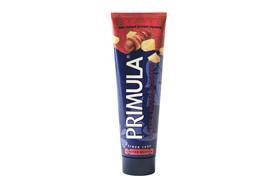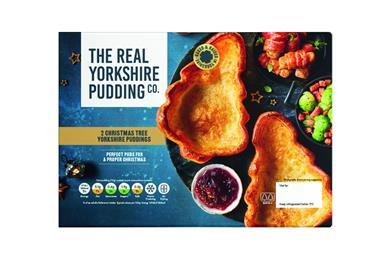Retail price maintenance (RPM) had finally been abolished, leaving manufacturers with the task of promoting healthcare products in a way familiar to all fmcg marketers.
The first and most obvious change was a price reduction on the country's best-known brands, such as Nurofen, Rennies and Anadin, led by retailers including Asda, Tesco and Boots.
Not surprisingly, latest value data for the 12 weeks ending September 16 shows a 13% decline across all OTC medicines on the same period last year. We also see a decline in pack sales by 7%. Value and volumes for the 52 weeks to September 16 are down 3% on a market worth £795m.
This is a notoriously seasonal market, linked to cold and flu in winter, hay fever suffering in summer, and indigestion remedy products at Christmas, making trend analysis difficult in the short term.
Further complications include the question of whether promotions have led to regular sufferers buying larger pack sizes and stocking up for the future. Unlike other fmcg markets, stock piling or increased consumption is difficult to judge as cold treatments, for example, are usually consumed only when the purchaser has a cold. This leaves manufacturers with the dilemma of whether to promote on price, pack size or multibuy.
Deregulation is certainly bringing increased competition, and retailers such as Boots can either capitalise on it or face stiffer competition from the multiple grocers. Boots took a 29.4% value share of OTC over the past year, compared with 30% a year ago, while Tesco's share rose from 12.9% to 14.8% in the same period, with Asda's going from 6.6% to 7.1%, and Sainsbury's from 7.9% to 8.1%.
The traditional chemists will find it hard to compete on price for the best known brands and their share has fallen from 17.5 to 14%, although decline was in evidence before RPM abolition.
As we enter the key OTC sales period (the colds and flu season) a clearer picture of how the consumer chooses where and what to buy will emerge.
{{FOCUS SPECIALS }}
Close menu
- Home
- Retail & Wholesale
-
Products & Suppliers
- Back to parent navigation item
- Products & Suppliers
-
Product Categories:
- Back to parent navigation item
- Product Categories:
- Alcoholic drinks
- Bakery
- Cereals & breakfast
- Cheese
- Chicken & poultry
- Chocolate
- Confectionery
- Crisps, nuts & snacks
- Dairy
- Fish
- Fresh produce
- Frozen
- Household
- Meat
- Own Label
- Sauces & condiments
- Seasonal
- Soft drinks
- Vaping
- Vegan & plant-based
- World foods
- Suppliers
- People
- Reports & Data
-
Topics A-Z
- Back to parent navigation item
- Topics A-Z
-
Popular topics:
- Back to parent navigation item
- Popular topics:
- Cost of living crisis
- Crime
- Deposit Return Schemes
- Finance
- Government & Regulation
- Health
- Inflation
- Loyalty
- Marketing
- Mergers & Acquisitions
- New Product Development
- Sourcing
- Supply chain
- Sustainability & environment
- Technology
- Ultra Processed Foods
- Vaping
- A-Z all topics
- Content by type:
- Events
- Ask iA (beta)
- Subscribe now
Sign in to comment on this article
Not logged in before? Register for FREE guest access today.
You will be able to:
- Read more stories
- Receive daily newsletters
- Comment on stories
Advert














No comments yet